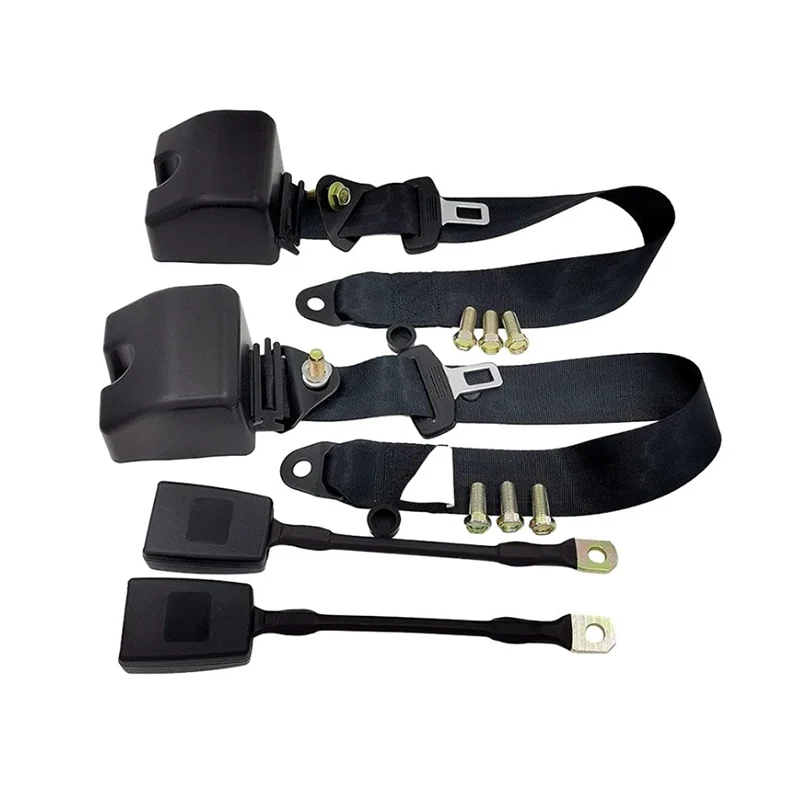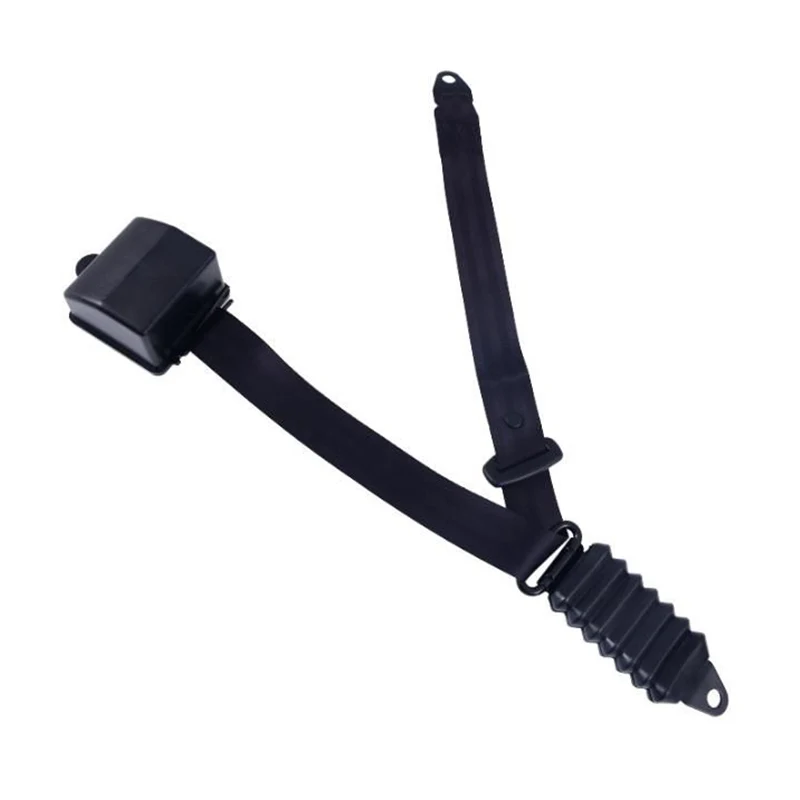What is the defining role of Automotive Seat Belts in the era of autonomous driving?
2025-09-25
With the increasing number of self-driving cars, the mindset of car occupants has changed. People increasingly want to do other things in their cars, like work, hold meetings, or even just relax. As a result, traditional three-point Automotive Seat Belts have become uncomfortable and less popular, with usage reportedly down by as much as 12%. This has forced seatbelt manufacturers to come up with new ideas—seatbelts can no longer simply be life-saving belts in a crash; they need to be more intelligent, adapting to various relaxed car postures and serving as a "flexible safety guard."

Making seatbelts safer
New Automotive Seat Belts are packed with advanced technology. Thin sensor strips woven into the belt can constantly monitor your sitting position, alerting you to potential danger more than half a second in advance. If something unexpected happens, the magnetic buckle hidden inside instantly tightens the loose seatbelt to protect you in just 0.2 seconds. Best of all, it acts like a doctor, quietly monitoring your heart rate and blood oxygen levels, instantly notifying the car's emergency services in the event of a serious emergency. Thanks to these three features, the seatbelt has transformed from a rigid component into a thinking, intelligent device.
Making Seatbelts More Comfortable
Take a look at Mercedes-Benz's new concept car; the Automotive Seat Beltsare radically different. Simply touch the buckle to talk in a meeting, gently vibrate while watching a movie to alert you, and automatically adjust the tension for a comfortable sleep. Mercedes-Benz's safety chief declared in Berlin, "It's no longer a cold, impersonal belt; it's a safety steward who understands you." This concept truly redefines the feeling of riding in a car.

Redefining Seatbelt Use Rules
New technologies are advancing rapidly, making existing safety regulations outdated. The European automotive safety body (NCAP) has already begun developing new regulations. Key points of debate include: How do seatbelts qualify as safe when a person is lying down in a car accident? How can seatbelt protection levels change quickly and accurately when switching between autonomous and driver-driven modes? Furthermore, these clever features must not be activated randomly (the error rate must be less than 0.001%). Experts at the China Automotive Research Institute (CARI) say that by 2025, new global regulations for these smart seatbelts will be needed.
| Aspect | Key Developments |
|---|---|
| Changing User Needs | Occupants prefer working/relaxing in self-driving cars<br>Traditional seatbelt usage down 12% due to discomfort<br>Demand for adaptable smart seatbelts as flexible safety guards |
| Technology Integration | Sensor strips monitor sitting position for early danger detection<br>Magnetic buckles tighten belt in 0.2 seconds during emergencies<br>Integrated health monitors track vital signs and trigger alerts |
| Comfort Innovation | Mercedes concept features touch-activated meeting microphones<br>Vibration alerts during media playback<br>Automatic tension adjustment for sleeping<br>Redefined as understanding safety steward |
| Regulatory Evolution | EU NCAP developing new autonomous vehicle standards<br>Key challenges include recumbent position safety protocols<br>Human-autonomous mode switching requirements<br>Strict 0001 error rate threshold<br>Global standards expected by 2025 |




